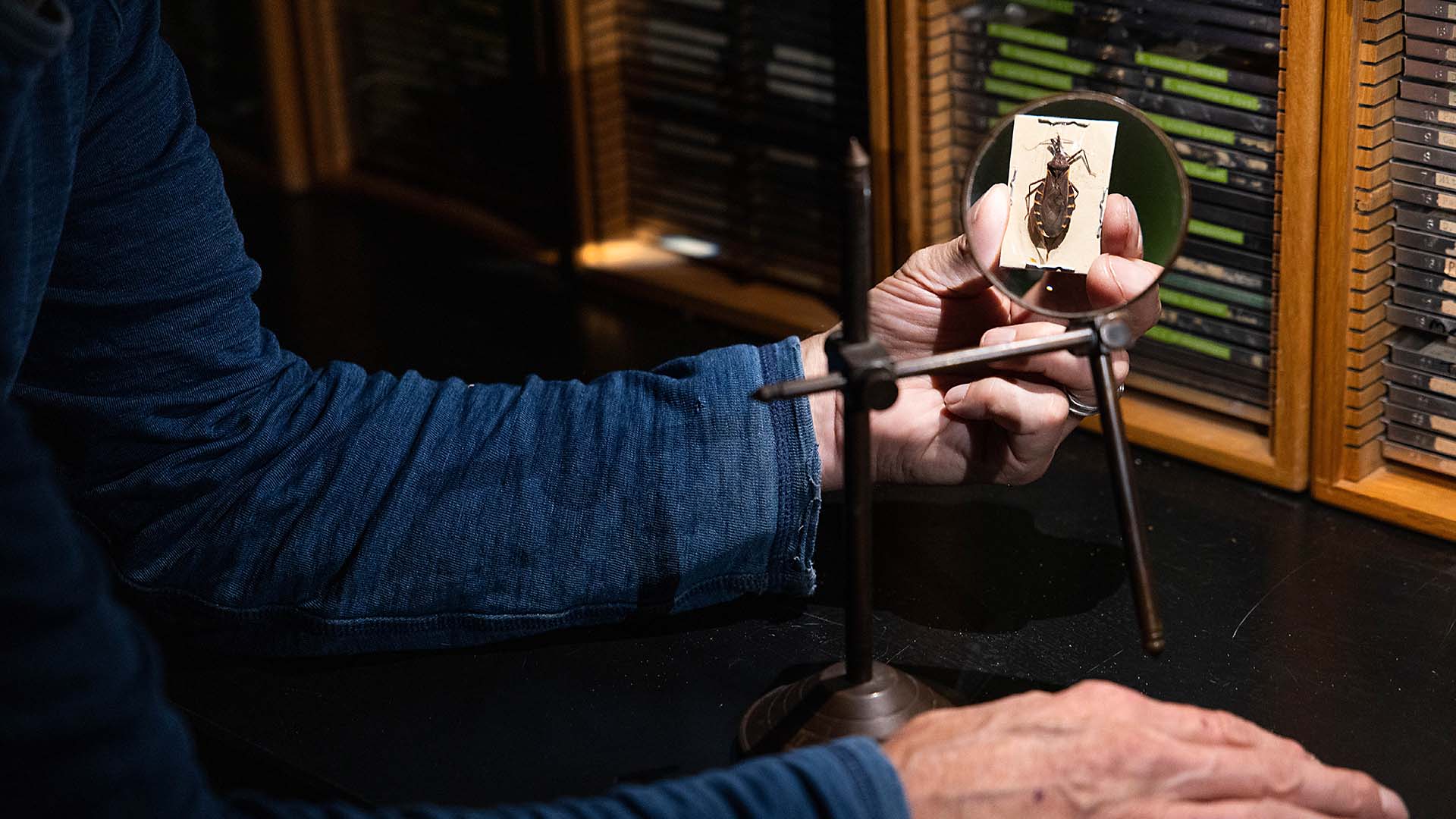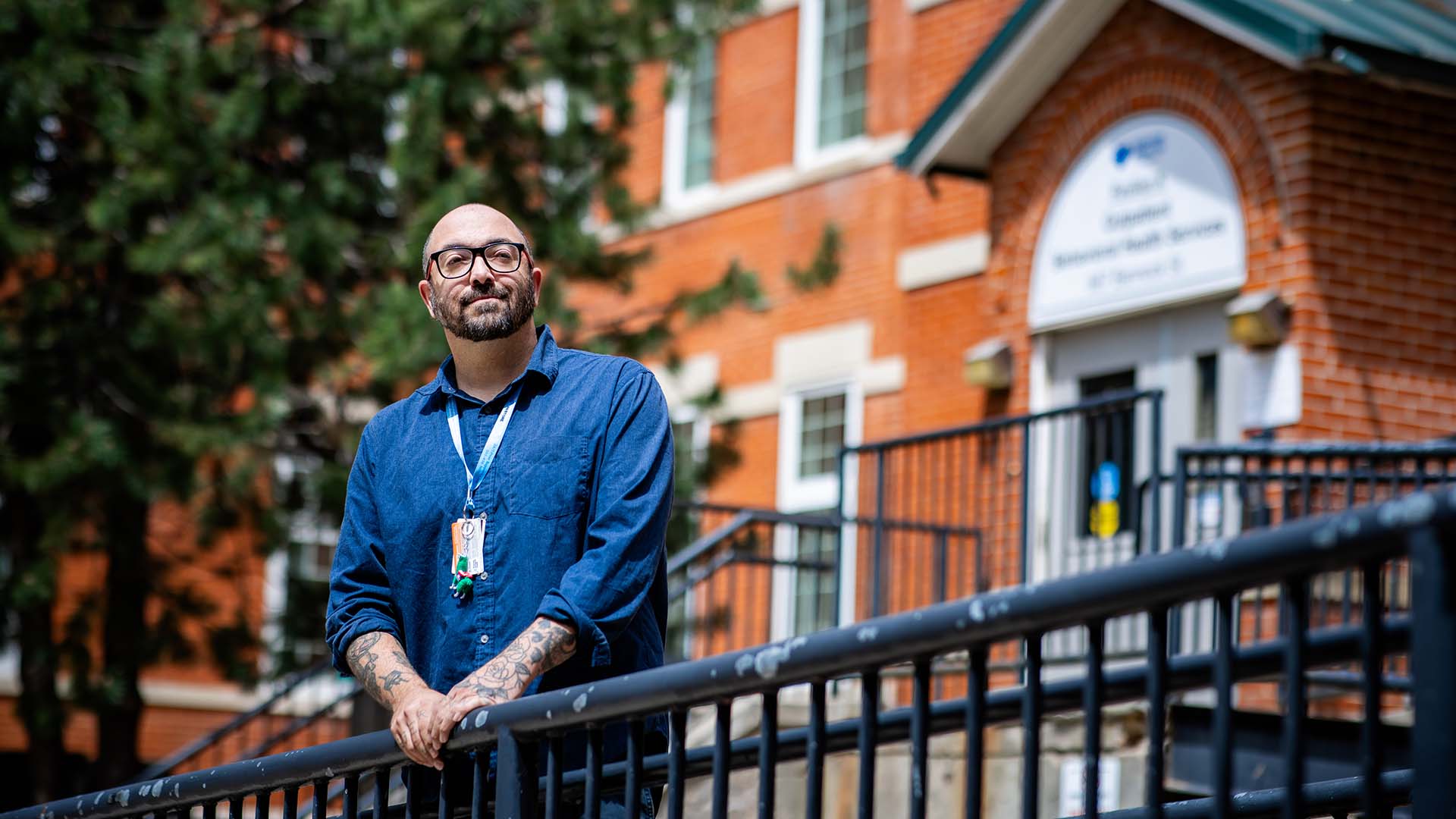More than the source of a vaccine controversy, measles can be a serious disease
Destroying the body’s immune response to other infections is one reason an MSU Denver scientist calls the preventable virus ‘scary.’

For all the controversy over measles vaccines, and the talk of outbreaks in Colorado and elsewhere, little has been said about the disease itself.
For most people, infection with the measles virus means cough, high fever and probably feeling pretty miserable for a few days. And, of course, there are the trademark spots, which appear on light skin as reddish or pink, and brown or purple on darker skin.
For some, though, measles and its later complications can be serious, even deadly. That’s why measles “is a disease we need to worry about,” said David Patrick Merriam, Ph.D., Metropolitan State University of Denver assistant professor of Biology.
Measles typically kills between one and three out of 100 children who get it. Vaccine opponents argue that’s a very small number, but Merriam doesn’t see it as “small.” “That’s one to three children too many,” he said.
That comparatively low death rate isn’t the only thing to worry about with measles, Merriam said. “For me personally, the thing that makes measles scary — and concerns a lot of researchers — is that measles has an annoying habit of destroying the immune system against other diseases.”
As the COVID-19 pandemic taught us, human immune systems have a helpful habit of remembering diseases they have fought off. If the same virus or bacteria infects us again, our immune systems recognize the attackers, which makes fighting them easier.
But the measles virus wipes out the immune system’s memories of other diseases — except for measles, Merriam said. “It’s like resetting the clock for every disease you’ve ever had.”
In addition, measles can cause rare complications that include several strains of meningitis — two of which are nearly always fatal. Because of that, it’s hard to pinpoint the actual number of measles-related deaths, he said.
RELATED: From smallpox to polio: how vaccines changed the world
Measles officially was “eliminated” in the United States as of 2000. That designation, from the World Health Organization, means the country had not seen large outbreaks or had 12 months or more of uncontrolled domestic transmission of the virus.
In October, CNN reported that WHO could remove the measles-free designation from Canda when a regional panel of the organization meets in November, because of the number of cases this year. Health experts fear the United States could be next to lose the measles-free designation. In the first half of 2025, the U.S. has reported more measles — 1,309 confirmed cases as of July 15 — than in any year since 1992, according to KFF, a health policy organization.
No deaths were reported among the 31 cases in Colorado as of Oct. 15, according to the state Department of Public Health and Environment. But five of those people who became ill had to be hospitalized. All but seven of those who contracted the virus were unvaccinated.
The Centers for Disease Control and Prevention recommends the first of two doses of the measles, mumps and rubella (MMR) vaccine when children are 12 months old and the second dose at age 4 to 6.
Most Colorado counties have posted an MMR vaccine rate above 90%, but the rate is less in several rural counties, and El Paso County, home to Colorado Springs, has the state’s lowest vaccine rate, 83.6%. Scientists say 95% of a community must be vaccinated to achieve what’s known as “herd immunity,” which prevents spread of the virus.
With all but six Colorado counties, including Denver, falling below that threshold, Merriam has taken his own precautions. Until his daughter was a year old, and able to be vaccinated against measles, “We stopped taking her to the playground. Because we definitely wanted to avoid any possible exposure to the virus.”
Learn more about measles immunizations at the Auraria Health Center.






